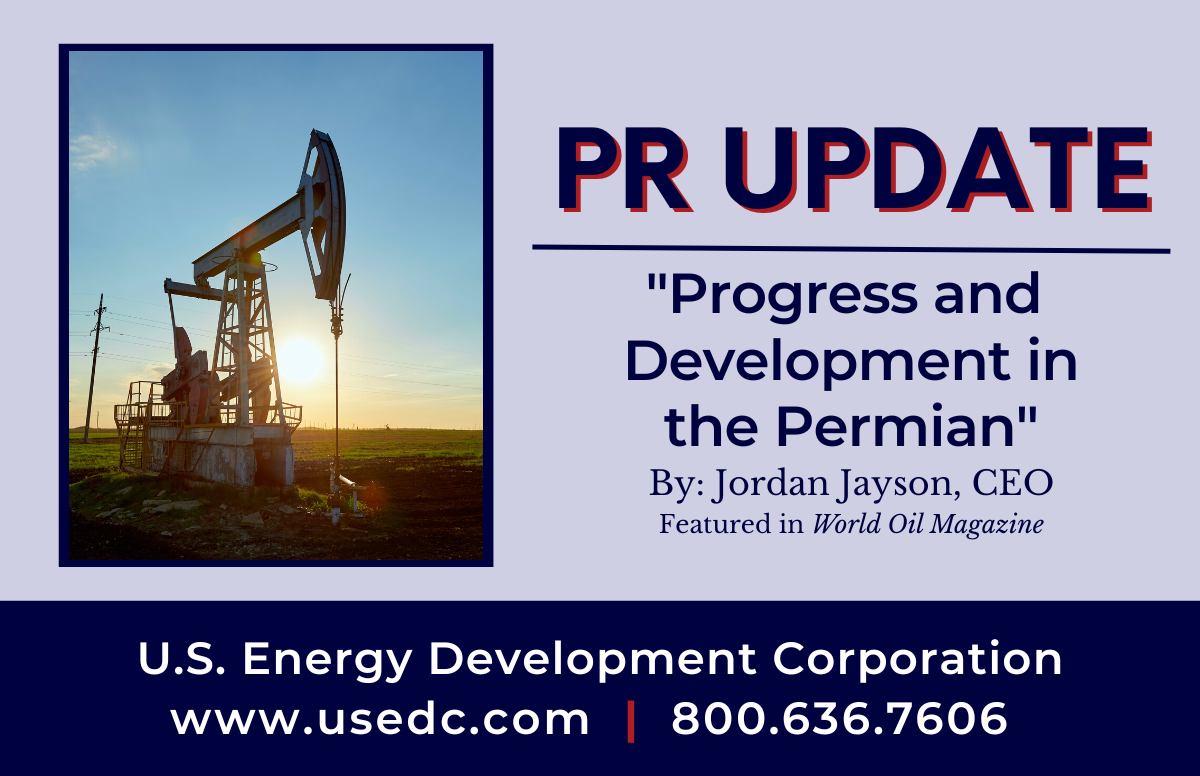Progress and development in the Permian basin
An independent operator and oil and gas investment broker provides perspective on strategies and future potential of the Permian basin, including short- and long-term forecasts for E&P opportunities in West Texas.
The West Texas Permian region has one of the world’s deepest sedimentary basins and contains a multitude of thick, porous and permeable formations. Speculators began to arrive in the area around 1917. However, early oil and gas developers considered the Permian basin a graveyard. Shallow drilling with cable tool rigs resulted in many dry holes and marginal producers.
However, this changed when the Santa Rita #1 blew out at a depth of 3,050 ft on May 28, 1923, and set off a series of major oil and gas discoveries that ultimately led to the development of the greater Permian basin. The well was christened Santa Rita, the Patroness Saint of the Impossible by a group of apprehensive Catholic investors to help ensure the success of the operation. The news of the discovery spread quickly and, by 1924, most all of the major legacy oil players had established a presence in the West Texas region.







 Since 1980, U.S. Energy has invested in, operated, and/or drilled more than 2,400 wells in 13 states and Canada; deploying over $1.5 billion on behalf of our partners.
Since 1980, U.S. Energy has invested in, operated, and/or drilled more than 2,400 wells in 13 states and Canada; deploying over $1.5 billion on behalf of our partners.